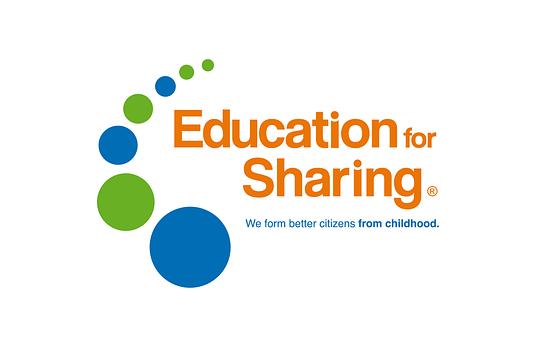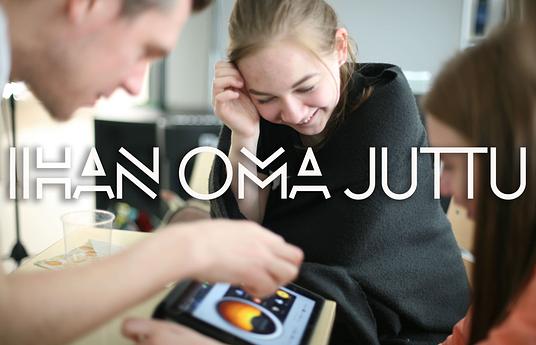Today, anyone can produce content and share it online. Media literacy is therefore an essential life skill – children and young people must have the tools necessary to access and analyze media in its different forms.
Media literacy education provides children with the tools to understand whether an article is based on an opinion or facts. They also learn to recognize pieces that try to influence their opinions and choices.
Everyone should have the opportunity to become media literate. Freedom of movement knocks down borders not only geographically but also socially. You must be able to work with all kinds of people in a respectful manner. Inclusive teaching strategies support this.
Providing students with an opportunity to produce media content teaches them about how the media works. They learn how media texts are produced and what types of choices and opinions color the end-product.
News in a Hundred Languages combines elements of hands-on learning, inclusive teaching strategies, international cooperation and media education. The innovation brings together special-needs students with their non-disabled peers to create news items. They also learn media literacy skills working on news pieces that interest them. Students are given a voice in an inclusive group. They also learn to value everybody and work together.
The activities are conducted during workshops. The workshop days are set alternatively in the special education classroom, general education class or the partnering media organizations' locations. The students also work on the media tasks during their regular classes.
A central goal for the innovation is to reach young people around the world. Additionally disabled people are connected globally through self-produced media texts. News in a Hundred Languages can be conducted simultaneously in several countries. This allows young people to practice their language skills and share their creations. Special-needs instructors and media professionals instruct the students throughout the project.
News in a Hundred Languages is based on the Satakieli model created by Yilin Lee-Setälä. The Taiwanese journalist provided a platform for disabled youths, adults and elderly to share their experiences of the world and society on the air. News in a Hundred Languages builds on the model by combining media education and cooperation between various young people. The Finnish media partner is The Finnish Broadcasting Company YLE's “Yle Uutisluokka” (“YLE News class”).







